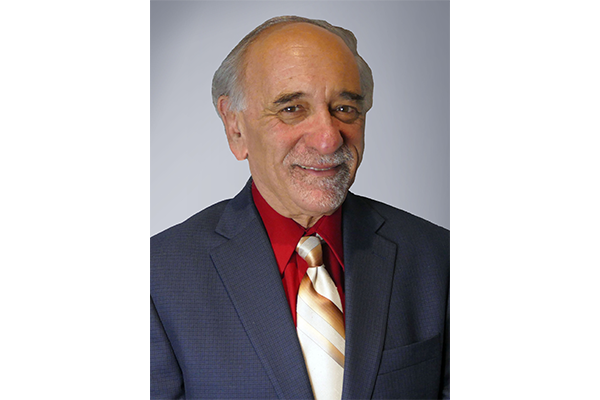Sontag Elected to the American Academy of Arts and Sciences

University Distinguished Professor Eduardo Sontag, ECE/BioE, has been elected to the American Academy of Arts and Sciences for his career that has made breakthroughs in the mathematics of nonlinear and complex systems, with repercussions for biomedicine, systems biology, and neural networks.
This article originally appeared on Northeastern Global News. It was published by Noah Lloyd.
Northeastern dean and distinguished professor join latest cohort of American Academy of Arts and Sciences
“I’m still pinching myself,” Elizabeth Mynatt says of learning she’s been elected a member of the American Academy of Arts and Sciences. “It’s just exhilarating.”
Mynatt, who is dean of the Khoury College of Computer Sciences, studies how humans and computers interact.
The “longest thread of my work has focused on human-centered AI for aging in place — so, how to support older adults,” she says. “To support their independence and quality of life. But by focusing on older adults, I have also worked in areas such as breast cancer and diabetes.”
Eduardo Sontag, University Distinguished Professor in bioengineering and electrical and computer engineering, and an affiliate member of the mathematics and chemical engineering departments, also joins the Academy, but for a career that has made breakthroughs in the mathematics of nonlinear and complex systems, with repercussions for biomedicine, systems biology, and neural networks.
Sontag says that his work has focused on determining how to “model systems mathematically and how one can steer them in order to achieve desired purposes,” a field more broadly called control theory.
These systems — and the purposes they might be steered toward — are numerous, Sontag says. The unifying concept in his work “is this idea that you have systems in which things change in time. This could be an airplane, this could be a car — in the context of a self-driving [vehicle]. It could be a cell in your body.”
“My work,” he continues, “is on the theoretical foundations, the basic mathematical concepts.” In developing conceptual principles and algorithms, scientists and practitioners in “all these different fields can apply the ideas and the concepts.”
The American Academy of Arts and Sciences — often simply called “the Academy” — stands as one of the most prestigious organizations a scholar can be invited into. Founded in 1780 by the Massachusetts legislature, the Academy seeks “to cultivate every art and science which may tend to advance the interest, honor, dignity and happiness of a free, independent and virtuous people,” according to its original charter.
“They’ve played a leading role,” Sontag says, not just in science, “but also the arts.”
A truly interdisciplinary organization, the Academy “convenes leaders from every field of human endeavor” to address the issues facing the world and to tackle new ideas, states its mission statement.
While she is a computer scientist, Mynatt’s own work has been deeply interdisciplinary. In fact, she says that she feels like her “work has always been on the edges of computer science by including elements from psychology and from design, from social sciences.
“It’s an affirmation for that work to be recognized,” she continues.
Sontag’s career has also crossed disciplines. He earned his Ph.D. in mathematics, work that extended into quantitative biomedicine and biomathematics over the next 40 years. Sontag has appeared as an author on “over 500 research papers and monographs and book chapters” and serves on the editorial board of multiple journals within his fields, according to the Sontag Lab.
Read full story at Northeastern Global News